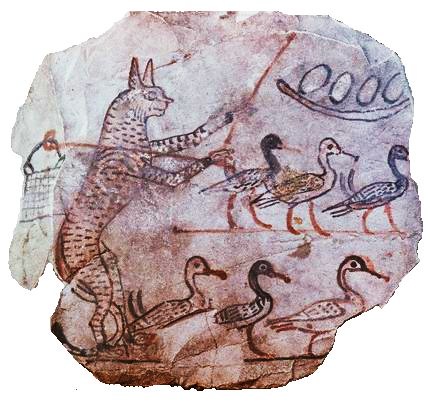Fabulists are people, usually writers or storytellers, who share fables: moral stories which are often short, delivering a lesson to their reader or listener through the use of humanized animals, forces or objects.
It might sound easy to develop a short story to share with others which has these features, but fables are actually quite a complex and difficult form of story to generate and deliver masterfully.
Fabulists often have an excellent ability to deliver profound messages through a deliberate and considered use of allegory.
The best fabulists of all time are Aesop, Franz Kafka, Beatrix Potter, Romulus, Tim Winton, Hans Christian Andersen and the Brothers Grimm. There are also many extremely powerful fables, written and told in all the languages of the world. The authors below are widely considered to be masters of the form.
Where Do Fables Come From?
One of the most famous fabulists, Aesop, was a writer in ancient Greece, where students were encouraged to listen to, learn and to develop fables of their own.
Here’s a link to an edition of Aesop’s fables.
In the same way that good poetry often has the ability to distill a complex emotion, a well-written fable can communicate elegantly and simplistically the nuance of a far greater and more consequential lesson.
Fables are particularly effective when tasked with the illustration of a particularly difficult to grasp piece of wisdom.
The ancient Greeks, through encouraging students to study and develop their own fables, were teaching these same students to understand and appreciate the difficulty of communicating complex concepts well and with attention to detail.
You would be hard-pressed to find a country or community on Earth without fables of their own.
Fables are an essential learning tool which have been used to allow humanity to share knowledge related to safety and to the promotion of our own survival.
Are Fables Popular?
Fables are extremely popular and actually show no sign of disappearing any time soon.
Tales like Charlie Mackesy’s The Boy, The Mole, The Fox and The Horse have sold extremely well recently and offer a contemporary take on the fable.
The fable, unlike many other forms of literature or story, has the ability to appeal to almost every age group and audience demographic.
Fables offer complex truths to those who seek them, and simple but satisfying stories to those who want little more than an adventure to follow.
Many of our most beloved Disney stories are or have developed out of the finest elements of well-known fables.
Why Do People Read Fables?
People read fables to learn not only new kinds of logic, but they also read fables to develop a different perspective on a familiar situation or set of circumstances.
Fables often package well-worn knowledge in ways which surprise us, encouraging us to see common or underappreciated occurrences from unconventional angles.
Many people are particularly drawn to fables because of a fascination with humanized animals, forces and objects.
If a leopard could talk, what would he say?
What wisdom would he have to share with us?
What would his outlook on the world, or on relationships with other leopards or to humankind tell us?
We read and are exposed to a great number of fables, often as children and as part of our process of early learning and development.
The fable exploits the mystery of other creatures and of objects we cannot usually access the interiority of, to encourage us as readers or listeners to consider perspectives which differ from our own.

Who Are the Best Fabulists of All Time?
Where Aesop gave us the story of The Tortoise and the Hare which have seeded contemporary messages like ‘slow and steady wins the race’, Franz Kafka wrote fables featuring unconventional creatures (like the cockroach) during the early twentieth century to comment upon troubling aspects of the human condition.
Beatrix Potter remains a global superstar for her sweet, but also morally instructive tales about little animals like Peter Rabbit, Jemima Puddle-Duck and Tom Kitten, who she famously illustrated wearing coats and bonnets.
Romulus, considered the founder of Rome, developed many fables surrounding the establishment of the city, many of which have survived to this day.
In Blueback, Tim Winton tells the affecting story of a relationship between a boy and a blue groper.
Hans Christian Andersen and the Brothers Grimm are each considered master fabulists.
Andersen gave us fables like The Ugly Duckling, The Steadfast Tin Soldier, The Little Mermaid and The Nightingale.
The Brothers Grimm gave us fables like Little Red Riding Hood, Cinderella and Snow White.
Each alike has provided story fodder which has, more recently, been adapted by Disney for contemporary times.
This said, Andersen and the Brothers Grimm original stories are even more powerful in many ways than their adaptations, and are well worth reading.

